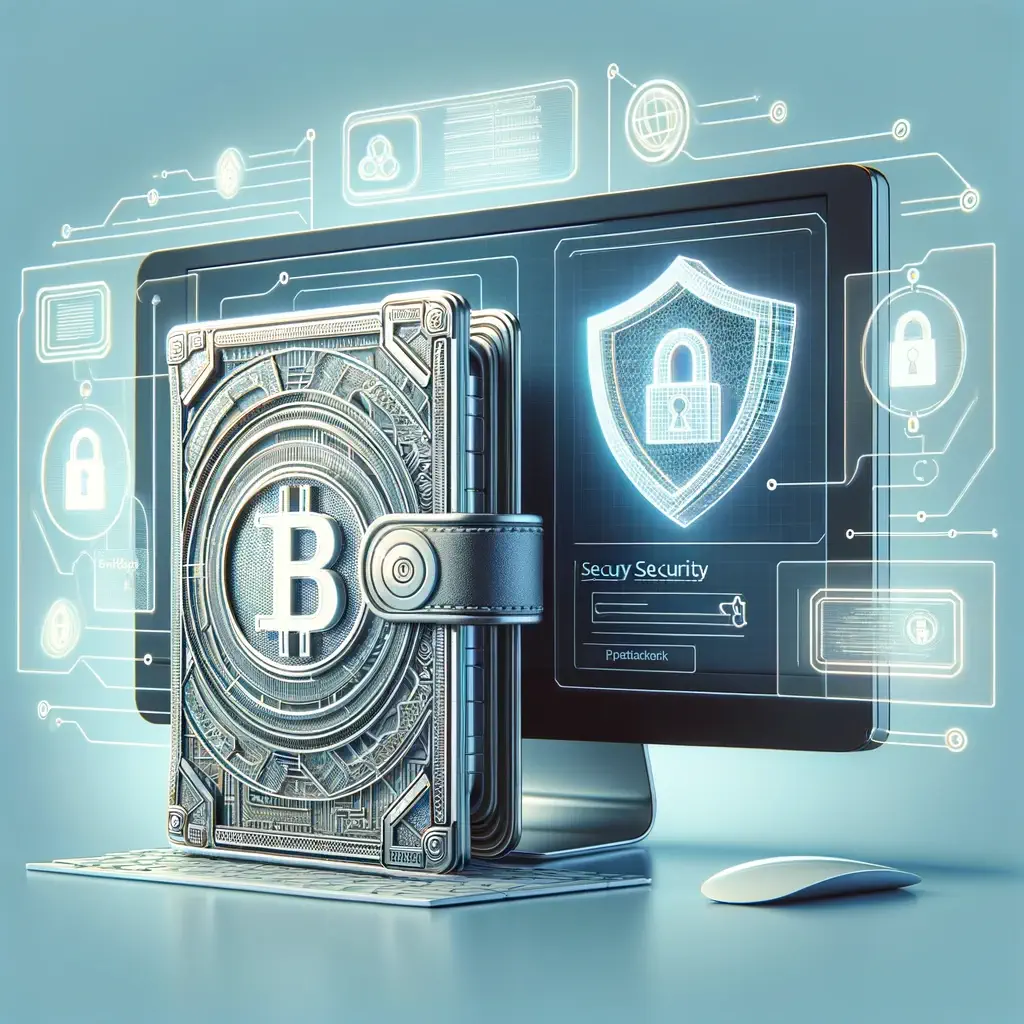In the digital age where crypto millions are made and lost in the blink of an eye, understanding the intricacies of your crypto wallet is more than a necessity—it’s your digital lifeline. Crypto wallets, the gatekeepers of your digital assets, come in various forms, each with its unique security features and functionalities. This guide dives deep into the world of crypto wallets, exploring their types, security measures, and how they navigate the complex web of multiple blockchains, ensuring you’re well-equipped to safeguard your virtual treasure trove.
What Security Do Web3 Wallets Offer?
Security is the bedrock of any reliable crypto wallet. The best crypto wallets offer a fortress of security features to protect against crypto scams and hacks. These include private keys that you control, two-factor authentication (2FA), multi-signature requirements, and secure backup options. Encryption plays a crucial role, ensuring that your wallet’s data is indecipherable to unauthorized users. Advanced wallets also incorporate biometric security measures, such as fingerprint recognition, adding an extra layer of protection.
Can Web3 Wallets Manage Multiple Blockchains?
One of the most compelling features of modern Web3 wallets is their ability to interact with multiple blockchains. This interoperability is crucial in a diversified crypto portfolio. Web3 wallets provide a unified interface to manage assets across Ethereum, Bitcoin, Binance Smart Chain, and more, simplifying the management of diverse assets and opening the door to a myriad of decentralized applications (dApps).


How to Recover a Lost Web3 Wallet?
The thought of losing access to a crypto wallet is a nightmare for any investor. However, platforms like Coincircle recognize the importance of user sovereignty and have designed their systems to put the private keys—encrypted and secure—firmly in the hands of the user. This approach ensures that even in the unfortunate event of losing access to your device or forgetting your password, the control over your assets remains with you. The recovery process typically involves a seed phrase—a series of words generated when you first set up your wallet. This seed phrase is your lifeline, allowing you to regain access to your wallet and its contents securely. It’s a critical safety net in the digital wallet realm, emphasizing the importance of self-sovereignty for all users.
Hot vs. Cold Web3 Wallets Differences?
When it comes to types of wallets, they’re broadly categorized into ‘hot’ and ‘cold’ wallets, each serving different needs and security levels.
Hot Wallets: These are connected to the internet, offering convenience and quick access to your assets for trading or transactions. While they provide a user-friendly experience, the online nature of hot wallets makes them more susceptible to cyber threats and hacks.
Cold Wallets: In contrast, cold wallets are offline storage solutions, such as hardware wallets or paper wallets. They are considered the gold standard for security, significantly reducing the risk of cyber attacks since they are not connected to the internet.
Navigating the world of crypto wallets is essential for anyone looking to secure their digital assets effectively. From understanding the robust security features offered by Web3 wallets to managing assets across multiple blockchains and knowing how to recover a lost wallet, to distinguishing between hot and cold wallets, each aspect plays a pivotal role in safeguarding your crypto journey against scams and hacks. As the crypto landscape continues to evolve, staying informed and vigilant is your best defense in the digital frontier.




